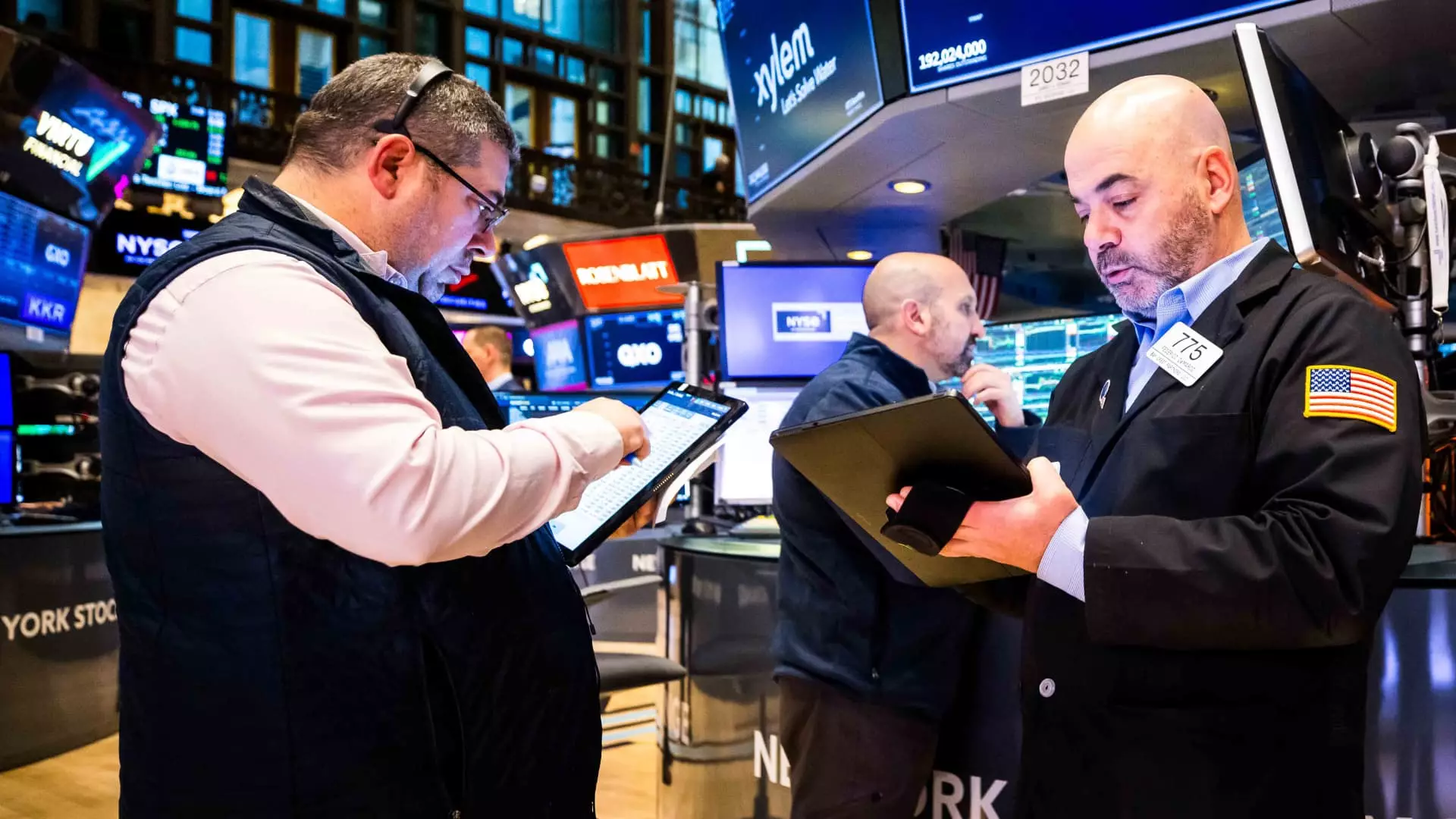The world of investing often captivates both seasoned financiers and novice investors with its promise of lucrative returns. However, the notion that stock picking is a straightforward endeavor is misleading. A wealth of data highlights the stark reality of active fund management and its steep uphill battle against passive investment strategies, particularly index funds and exchange-traded funds (ETFs). For anyone considering which approach to take in their investment journey, understanding the dynamics at play in the marketplace is crucial.
Recent findings, notably reported by S&P Global, paint a vivid picture of the struggle inherent in active management. The statistics are sobering: 73% of active managers fall short of their respective benchmarks after just one year. This trend worsens dramatically over the longer term; after five years, a staggering 95.5% of these active managers do not meet performance expectations. Most striking, however, is the assertion that after 15 years, very few active managers succeed in outperforming the market at all. This raises an alarming question: if most active managers underperform consistently, what does this mean for individual investors hoping to beat the market?
One of the most influential voices in this debate is Charles Ellis, who has devoted a significant part of his career to the investment industry. Ellis argues that the ongoing trend toward passive investment options—largely fueled by the popularity of low-cost index funds—has created systemic challenges for those engaged in active management. He suggests that the market does not necessarily view the rise of passive funds as a death knell for active management. However, it does confirm the sector’s persistent difficulties in finding a competitive edge. The influx of talent into active management positions may feel reassuring, yet Ellis points out that this oversaturation complicates the quest for differentiation.
Moreover, the enthusiasm around active management inflows appears to be somewhat misleading. Despite reports of heightened investment in active funds, it pales in comparison to the massive inflows witnessed in index funds and ETFs. This gap signifies a broader trend wherein less sophisticated investors flock toward what they perceive as safer, more established investment vehicles.
While the explosion of ETFs has introduced a new realm of investment options, it also brings with it new concerns. Ellis, who has a long-standing association with both Greenwich Associates and Vanguard, acknowledges the benefits of lower fees and greater accessibility for investors. Nevertheless, he warns of the potential pitfalls associated with rapidly proliferating ETFs that are often tailored more toward salespersons than buyers. There is a growing concern about highly specialized and narrowly focused ETFs that could expose investors to disproportionate risks.
Of particular concern to Ellis are leveraged ETFs, which may promise substantial short-term gains but are fraught with significant downside risk. He urges investors to maintain a discerning eye when selecting ETFs, advocating for choices that align with individual financial objectives rather than speculative trends.
As the investment landscape continues to evolve, technology has emerged as a great equalizer. That means nearly all investors have access to sophisticated tools and algorithms that were once reserved for elite firms. This democratization of information has created an environment where gaining an edge over competitors becomes increasingly difficult. Ellis adeptly draws a comparison to poker, suggesting that with everyone playing with the same transparent rules and information, the strategic advantage that once existed in active management has diminished.
Despite the talented managers battling for supremacy in stock picking, the reality may be that they tend to neutralize each other’s advantages. This phenomenon underscores the irony of the situation: the very skill sets and tools that make active investing viable can paradoxically lead to uniform underperformance, rendering the individual strategies less effective than anticipated.
For aspiring investors, the stark truths revealed in the realm of active management cannot be overlooked. While the allure of stock picking remains, the sobering data must guide decision-making processes. Moving forward, investors should approach both active and passive strategies with a keen understanding of the market realities, whether leaning towards low-cost index funds or carefully selected ETFs. The key lies in balancing potential rewards with inherent risks and aligning investment choices with long-term financial goals.

